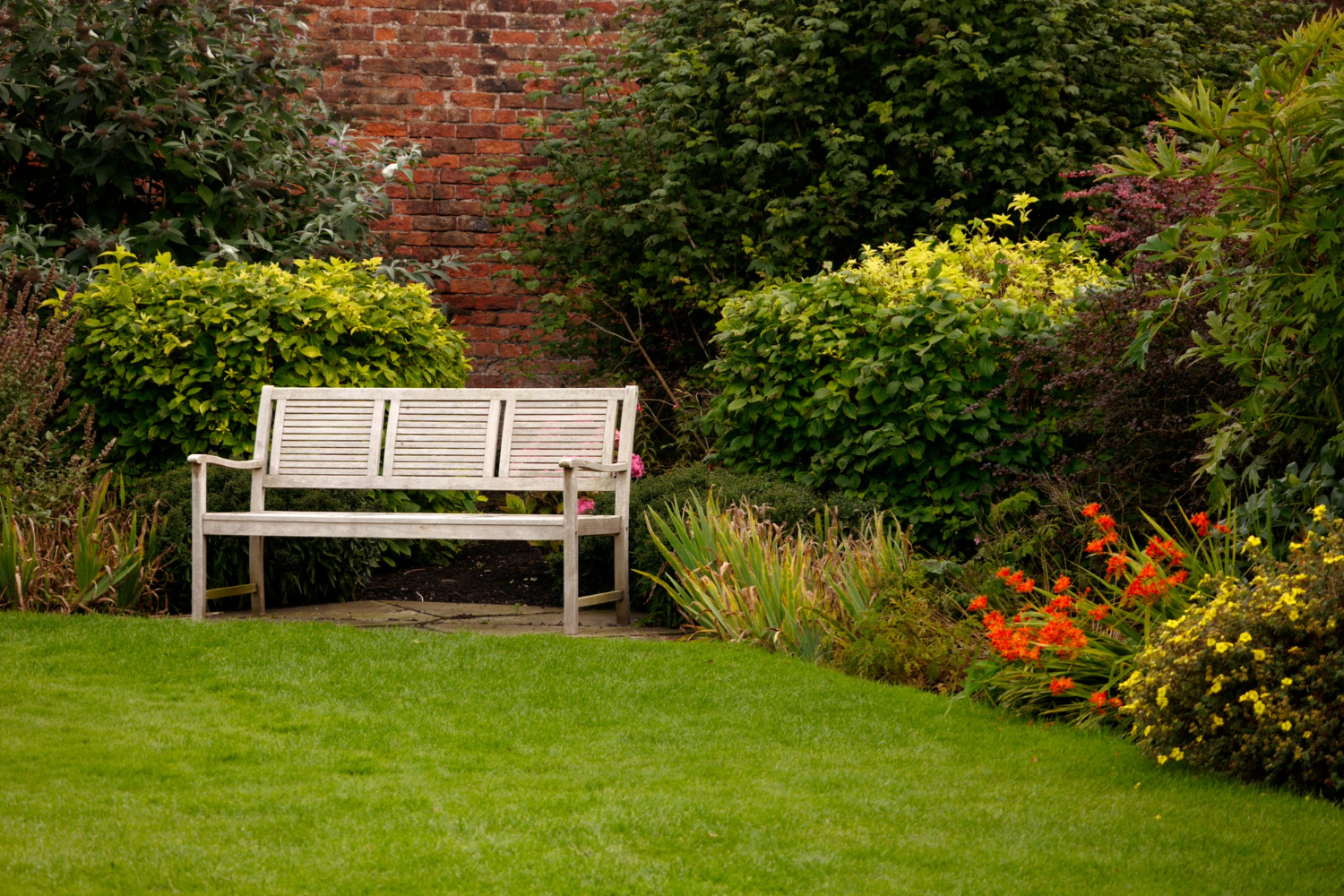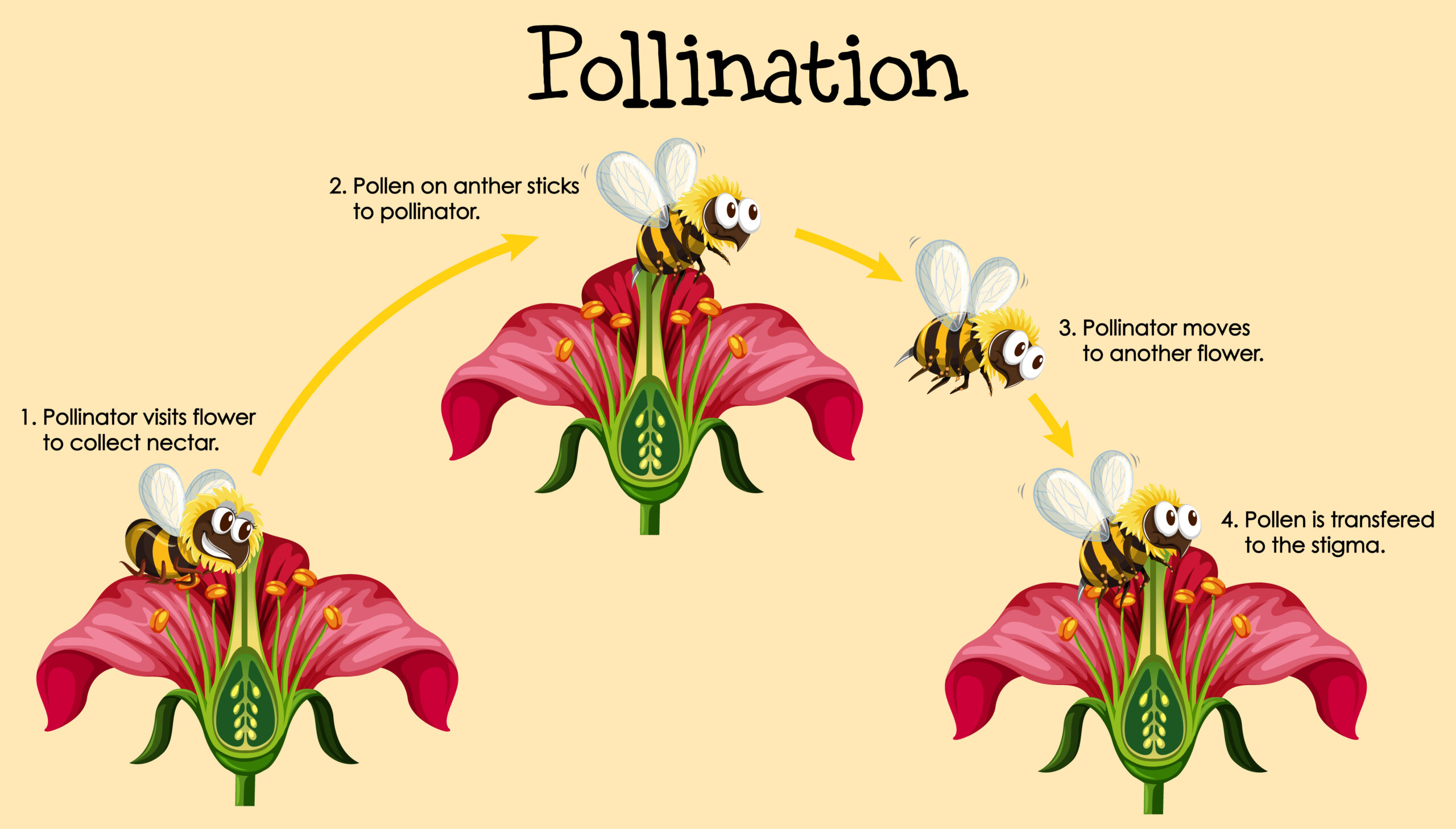You’ve been dreaming of having a lush garden in your backyard, but you’re also conscious of your ecological footprint. You want to create a sustainable home garden that not only gives you fresh produce but also contributes to the health of the planet.
So, how do you go about building such a garden?
Creating a sustainable home garden is not an impossible task. With the right tips and tricks, you can build a garden that is environmentally friendly and productive.
By choosing the right location, planning your layout, selecting suitable plants, and implementing sustainable practices in your maintenance routine, you can create a garden that is not only beautiful but also sustainable.
In this article, we’ll guide you through the process of building a sustainable home garden, so you can enjoy fresh produce while keeping the planet healthy.
Choosing the Right Location for Your Garden
You want to make sure you find the perfect spot for your garden so it can thrive. When choosing a location, consider the amount of sunlight and shade the area receives throughout the day. Most vegetables and fruits require at least six hours of direct sunlight, so it’s best to pick a spot that gets plenty of sunlight.
However, some plants, such as lettuce and spinach, prefer partial shade, so it’s important to choose a location that accommodates the specific needs of your plants.
Designing paths in your garden is also important for both aesthetic and practical reasons. Not only do well-planned paths provide easy access to your plants for watering and harvesting, but they can also add visual appeal to your garden.
When designing your paths, think about the materials you want to use, such as gravel or wood chips, and the width of the path to ensure it’s wide enough for you to walk on comfortably. Additionally, consider incorporating watering techniques, such as drip irrigation, to conserve water and keep your plants healthy.
By carefully selecting the location and designing the paths and watering techniques in your garden, you can create a sustainable and thriving home garden.
Planning Your Garden Layout
Laying out your plot is like composing a symphony, with each plant an instrument harmonizing with its neighbors to create a beautiful melody of color and texture.
When planning your garden layout, consider companion planting. This is the practice of planting different crops together to benefit each other. For instance, planting basil with tomatoes can repel pests and improve the flavor of the tomatoes. Likewise, planting beans with corn can help provide nutrients to the soil and support each other’s growth.
Another important aspect to consider when planning your garden layout is the use of raised beds. Raised beds are essentially garden beds that are elevated from the ground, which can provide many benefits.
For one, raised beds allow for better drainage and aeration, which can help prevent root rot and other soil-borne diseases. Raised beds also provide better soil quality, as you can fill them with nutrient-rich soil that is free from contaminants. Additionally, raised beds can help reduce weed growth and make it easier to control pests.
With proper planning and design, raised beds can be a great addition to any sustainable home garden.
Selecting the Right Plants for a Sustainable Garden
As you’re planning your garden, selecting the right plants plays a crucial role in creating a thriving ecosystem that benefits both you and the environment.
Companion planting is an effective way to cultivate a healthy and sustainable garden. This technique involves planting different species of plants together that have complementary growth patterns, nutrient requirements, and pest-repelling properties.
For example, planting basil with tomatoes can help deter pests like aphids and whiteflies while enhancing the flavor of the tomatoes. Similarly, planting marigolds with vegetables like broccoli, cabbage, and cauliflower can repel harmful nematodes and attract beneficial insects like ladybugs.
In addition to companion planting, water conservation techniques should also be considered when selecting plants for your garden. Native plants and drought-resistant varieties are ideal choices as they have adapted to local climates and require less water.
You can also incorporate techniques like mulching, which helps to retain soil moisture and reduce water evaporation. Rainwater harvesting systems can also be implemented to collect and store rainwater for garden irrigation.
By selecting plants that are well-suited to your environment and implementing water conservation techniques, you can create a sustainable garden that requires less maintenance and resources while still producing a beautiful and bountiful harvest.
Soil and Fertilizer Selection for Eco-Friendly Gardening
Choosing the right soil and fertilizer is essential for maintaining a healthy and environmentally friendly garden. One of the best ways to do this is by using compost made from kitchen scraps and yard waste to enrich the soil and reduce waste.
The composting process breaks down organic matter into a nutrient-rich soil amendment that can be added to your garden beds. Composting techniques can vary, but the basic process involves layering kitchen scraps, yard waste, and other organic materials in a bin or pile and allowing them to decompose over time.
This not only reduces waste but also helps to provide valuable nutrients to your plants. In addition to compost, using organic pest control methods can help to maintain a healthy garden ecosystem.
Chemical pesticides can harm beneficial insects and pollinators, so it’s best to use natural alternatives such as companion planting, insect-repelling plants, and other organic pest control techniques. By maintaining healthy soil and using natural pest control methods, you can create a sustainable garden that not only benefits your plants but also the environment.
Implementing Sustainable Practices in Your Garden Maintenance
You can easily maintain an eco-friendly garden by implementing sustainable practices in your maintenance routine.
One of the best ways to do this is by using natural pest control methods. Instead of relying on harmful chemicals, try using companion planting, which involves planting certain herbs and flowers alongside your vegetables to repel pests. You can also make your own insecticidal soap by mixing water, dish soap, and vinegar. Not only are these methods safer for the environment, but they’re also healthier for you and your family.
Another way to implement sustainable practices in your garden maintenance is by regularly adding compost to your soil. Composting is the process of breaking down organic matter, such as food scraps and yard waste, into a nutrient-rich soil amendment.
This can be done by creating a compost pile in your backyard or using a compost bin. Adding compost to your soil improves its structure, fertility, and water-holding capacity, which reduces the need for synthetic fertilizers and watering.
By using composting techniques and water conservation strategies, you can create a thriving, sustainable garden that benefits both you and the environment.
Conclusion
Congratulations on taking the first step towards building a sustainable home garden! By following the tips and tricks outlined in this article, you can create an environmentally conscious and resourceful garden that is both beautiful and productive.
Remember to carefully choose the location of your garden, plan your layout, and select plants that are well-suited to your climate and soil conditions.
To ensure the health of your garden, use eco-friendly soil and fertilizers. And don’t forget to implement sustainable practices in your maintenance routine, such as composting and water conservation.
By incorporating these sustainable gardening practices, you can create a garden that not only benefits you and your family, but also the planet.
So go ahead, start digging in the dirt and watch your sustainable garden flourish!









